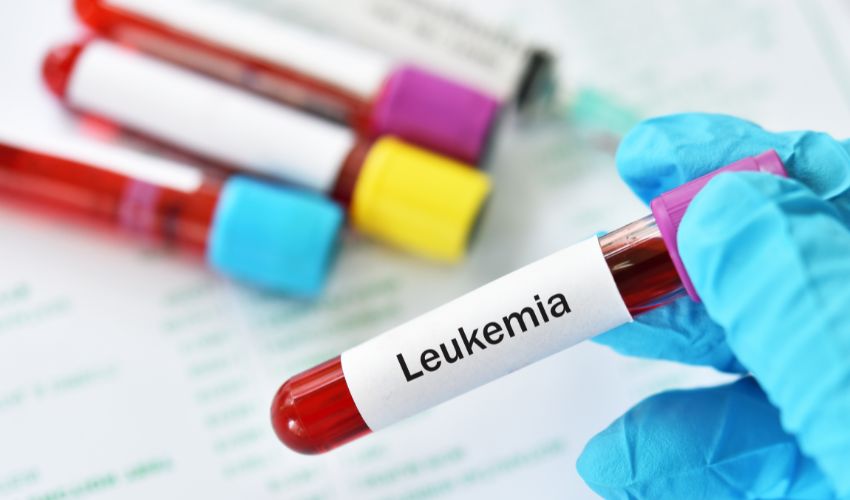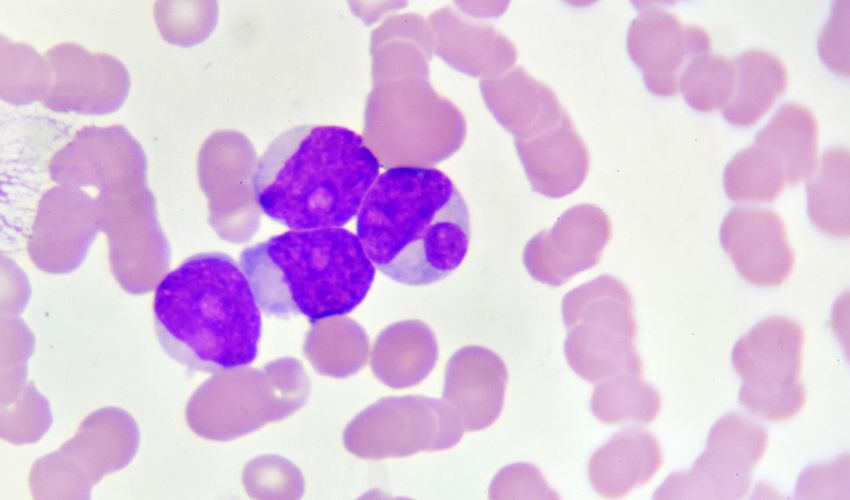Cancer is a disease that can affect anyone, regardless of age, gender, or ethnicity. It is a condition where cells in the body grow uncontrollably, invading and damaging healthy tissues and organs. There are many types of cancer, and each type requires different treatment methods. In this article, we will provide a comprehensive guide to the different types of cancer, their symptoms, causes, and treatment options.
Carcinomas:
a. Squamous cell carcinoma
b. Adenocarcinoma
c. Basal cell carcinoma
Sarcomas:
a. Osteosarcoma
b. Chondrosarcoma
c. Liposarcoma
Leukemia:
a. Acute Lymphoblastic Leukemia
b. Chronic Lymphocytic Leukemia
c. Acute Myeloid Leukemia

Lymphoma:
a. Hodgkin Lymphoma
b. Non-Hodgkin Lymphoma
Brain and Spinal Cord Tumors:
a. Glioma
b. Meningioma
c. Schwannoma
Others:
a. Melanoma
b. Mesothelioma
c. Thyroid cancer
Bullet Points:
Carcinomas:
- Start in the skin or tissue that lines the internal organs
- Most common type of cancer
- Can occur in various parts of the body
Sarcomas:
- Start in connective tissue, such as bones, cartilage, and muscles
- Rare type of cancer
- Can occur in any part of the body
Leukemia:
- Cancer of the blood or bone marrow
- Most common in children and older adults
- Can be acute or chronic
Lymphoma:
- Cancer of the lymphatic system
- Two main types: Hodgkin Lymphoma and Non-Hodgkin Lymphoma
- Symptoms include swollen lymph nodes and fatigue
Brain and Spinal Cord Tumors:
- Start in the brain or spinal cord
- Symptoms include headaches, seizures, and changes in vision or speech
- Treatment may include surgery, radiation therapy, or chemotherapy
Others:
- Melanoma is a type of skin cancer that can spread to other parts of the body
- Mesothelioma is a rare cancer that affects the lining of the lungs, abdomen, or heart
- Thyroid cancer starts in the thyroid gland and can often be treated successfully
FAQs:
What are the most common types of cancer?
The most common types of cancer are lung, breast, prostate, and colorectal cancer.
What are the risk factors for cancer?
Risk factors for cancer include age, family history, exposure to carcinogens, unhealthy lifestyle habits, and certain medical conditions.

Can cancer be prevented?
While cancer cannot always be prevented, there are steps you can take to reduce your risk, such as quitting smoking, maintaining a healthy diet and exercise routine, and getting regular check-ups and cancer screenings.
What are the common treatments for cancer?
The common treatments for cancer include surgery, radiation therapy, chemotherapy, immunotherapy, and targeted therapy.
Can cancer be cured?
Whether or not cancer can be cured depends on the type and stage of cancer, as well as the individual’s response to treatment. Some types of cancer can be cured, while others may be managed as a chronic condition.
Conclusion:
There are many types of cancer, and each type requires different treatment methods. It is important to be aware of the symptoms and risk factors for cancer, as early detection can improve the chances of successful treatment. While cancer cannot always be prevented, taking steps to maintain a healthy lifestyle and getting regular check-ups and cancer screenings can help reduce the risk of developing cancer. By understanding the different types of cancer and their treatment options, we can work towards better outcomes and improved quality of life for those affected by this disease.
Remember, if you have concerns about your health or are experiencing any symptoms, it is important to speak with your doctor. They can help determine the best course of action for your individual needs.
In summary, this article has provided a comprehensive guide to the different types of cancer, their symptoms, causes, and treatment options. We have covered carcinomas, sarcomas, leukemia, lymphoma, brain and spinal cord tumors, and other types of cancer such as melanoma, mesothelioma, and thyroid cancer. Additionally, we have included bullet points to summarize key information and frequently asked questions to address common concerns. By understanding the various types of cancer and how they can be treated, we can work towards better outcomes and improved quality of life for those affected by this disease.






















